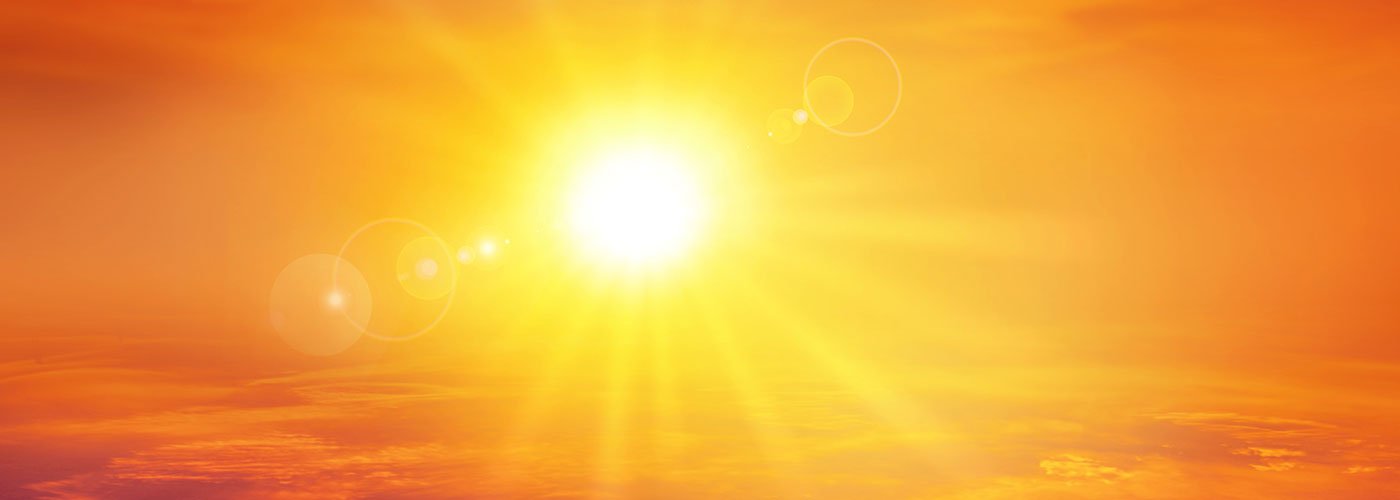Ultraviolet radiation

If you are a partner organization, employer, or educator, find more information by visiting our organizations and professional page:
Ultraviolet (UV) radiation is an invisible form of radiation that can come from both natural sources (e.g., the sun), and artificial sources (e.g., black lights, welding equipment, lasers and tanning equipment). The impacts of climate change on UVR are uncertain, as a changing climate could lead to an increase or decrease in the intensity of UVR.
Health impacts
Prolonged exposure to UVR is associated with:
- Painful sunburns
- Wrinkles
- Age spots
- Eye damage
- Skin cancer
Who is at risk?
Everyone is at risk of UVR exposure and the potential negative health impacts associated. However, those at greatest risk include: infants, children, and youth, people who work outdoors or engage in outdoor activities, and people who are underhoused or experiencing homelessness.
Staying safe
KFL&A recommends checking the daily forecast for the UV Index and practicing sun and UV safety.
FAQ
Workplaces
What can I do if I am worried about ultraviolet radiation from the sun and I work outside? |
People who work outdoors are at an increased risk of the damaging effects of UVR exposure. If you or your employees may be working in direct sunlight when UV levels are high, suggested precautions include:
ResourcesWorking Outdoors - Government of Ontario |










